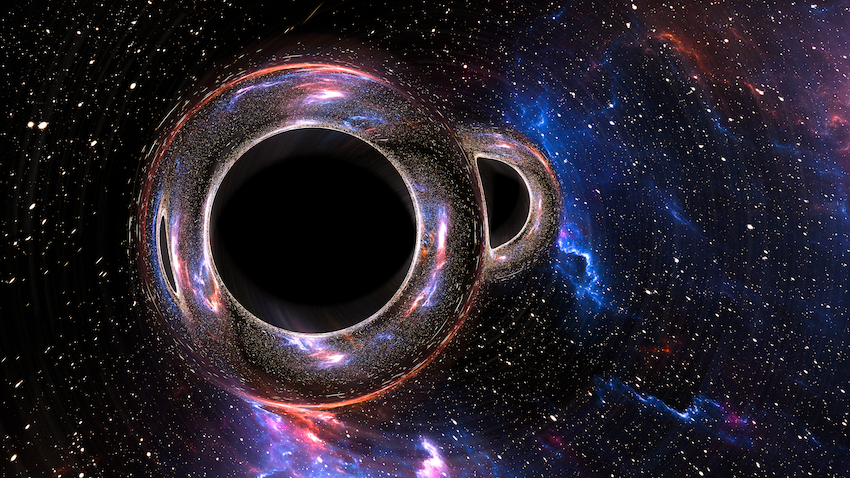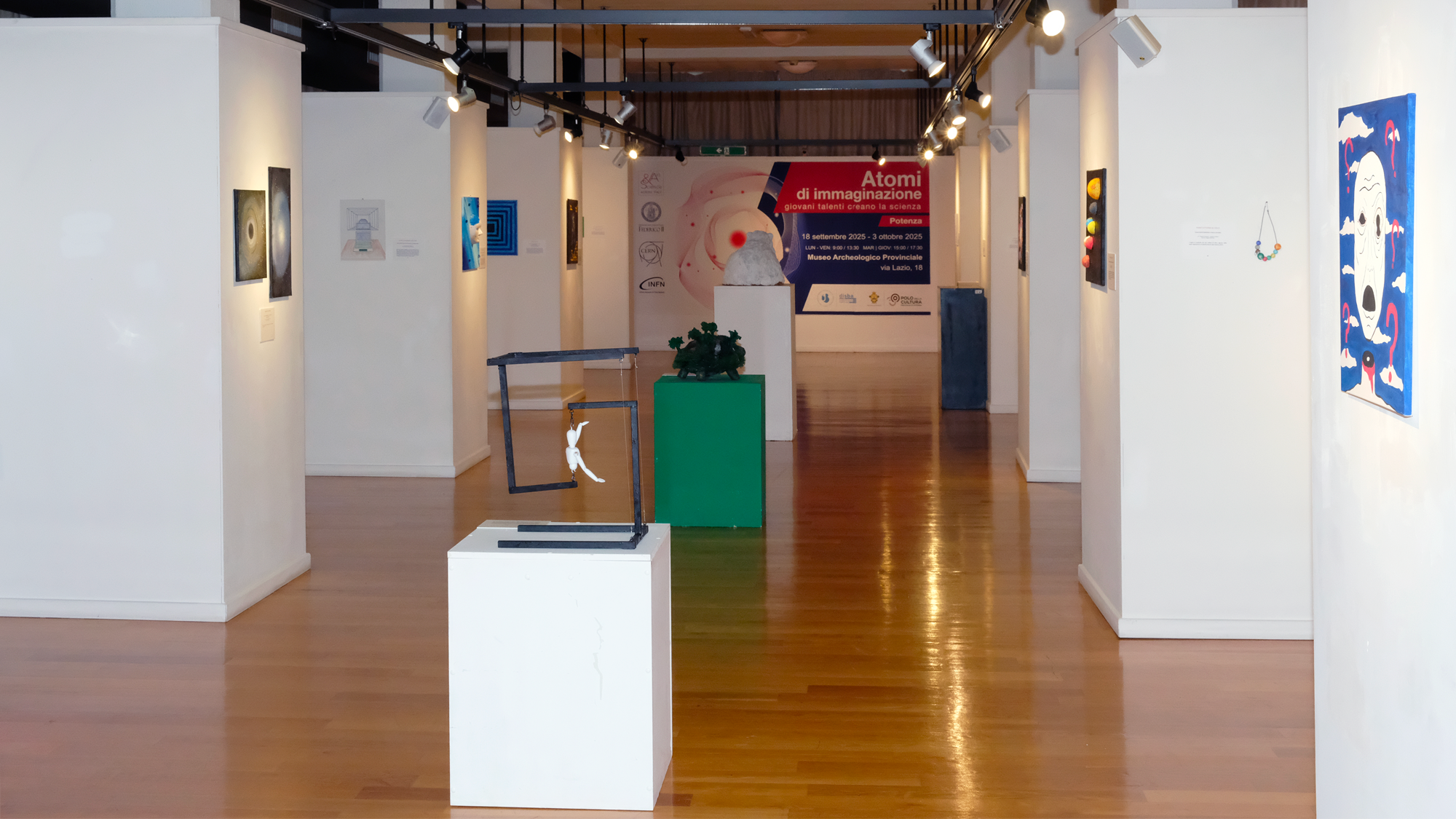The CUORE experiment at the Gran Sasso National Laboratories has set new limits on neutrinoless double beta decay, an extremely rare process linked to one of the greatest mysteries in physics
The CUORE experiment (Cryogenic Underground Observatory for Rare Events), hosted at the Gran Sasso National Laboratories of the Italian National Institute for Nuclear Physics (INFN), searches for tiny temperature fluctuations caused by an exceedingly rare process that has never been observed: double beta decay without the emission of neutrinos. If observed, this process could help resolve many fundamental open questions in physics, such as why the universe is made of matter rather than antimatter. The CUORE collaboration has now established new limits on how often neutrinoless double beta decay would occur in a tellurium atom: on average, no more than once every 35 million billion billion years (3.5×10²⁵ years). The results were obtained thanks to the analysis of the largest collection of data ever gathered with this technique, as well as to a new algorithm designed to “clean” the data. The findings are reported in an article published today, 16 October 2025, in the journal Science.
“The first observation of neutrinoless double beta decay would be a monumental discovery, as it would prove that neutrinos can be their own antiparticles, as hypothesised by Ettore Majorana”, said Carlo Bucci, international spokesperson of the CUORE collaboration and researcher at the INFN Gran Sasso National Laboratories. “This, in turn, could help us understand why the universe evolved into the form we see today, that is, composed of matter rather than antimatter”.
CUORE is a detector that uses crystals instead of the more common liquid or gas reservoirs to precisely record the energy of decays: the experiment employs 988 crystals of tellurium dioxide cooled to 10 millikelvin, about -273.14 °C, only 0.01 K above absolute zero. If a nucleus in one of the crystals undergoes the sought-after decay, the detector records a characteristic temperature variation. But to search for such rare events, whose effects are truly imperceptible, CUORE needs to be extremely sensitive, so sensitive that it can detect incredibly faint effects, such as ocean waves crashing on the coast 50 kilometres away, and even earthquakes on the other side of the planet. To facilitate the identification of the rare process being searched for, CUORE therefore had to develop a new algorithm capable of better handling interference signals, eliminating background noise, much like the noise-cancellation function in earphones.
Part of this noise reduction is ensured by the detector’s location: CUORE is housed in the underground experimental halls of the INFN Gran Sasso National Laboratories, beneath 1,400 metres of rock that shields it from particles coming from space. However, even the mountain emits a faint natural radiation. For this reason, CUORE is protected by special low-radioactivity shielding made from Roman lead ingots recovered from a 2,000-year-old shipwreck.
“CUORE and the area surrounding the detector are equipped with more than two dozen sensors that measure temperature, sound, vibrations, and electrical interference”, explained Simone Quitadamo, researcher at the University of Milano-Bicocca, who during his PhD at the Gran Sasso Science Institute studied how ocean waves affect the detector. Among the sensors are microphones to pick up human voices, accelerometers to monitor vibrations from the cooling pumps, and seismometers to record low-frequency movements such as earthquakes. The 988 tellurium dioxide crystals themselves act as environmental sensors.
The scientists compared the sensor information with the collected data, learning which signals to ignore. The new algorithm was applied both to new and previous data and can also be used for future analyses.
“The techniques we developed to remove noise could also be useful for other sensitive detectors, including those studying dark matter and gravitational waves”, emphasised Chiara Brofferio, professor at the University of Milano-Bicocca and INFN researcher, head of the Italian collaboration of the CUORE experiment.
The approach will also be useful for CUPID (CUORE Upgrade with Particle IDentification), the next-generation experiment that could continue the search for neutrinoless double beta decay.
“We are incredibly curious to know whether the neutrinoless double beta decay process exists, because if it does, it would influence many of our fundamental theories”, explained Irene Nutini, researcher at the INFN Milano-Bicocca division and one of the three coordinators of CUORE’s analyses. “For example, it could help us understand why neutrinos are so light compared with other particles, or why the universe is dominated by matter.”
“We built this apparatus to be a particle detector, but it is also an incredible seismometer”, said Yury Kolomensky, scientist at Berkeley Lab and professor at UC Berkeley. “One of the prospects is to use technologies such as CUORE and CUPID in multiple locations around the world to study the propagation of earthquakes and the Earth’s core, as well as dark matter and neutrinoless double beta decay. We are seeing how these advanced techniques can also have implications in other scientific fields”.
CUORE began operating in 2017 and has been collecting data continuously since 2019, setting a record for keeping such a large amount of material at such low temperatures for such a long time. The experiment is expected to complete data collection in 2026.
CUORE is an international collaboration involving more than 20 institutions. The experiment, operating at the Gran Sasso National Laboratories, is led by the Italian National Institute for Nuclear Physics and the United States Department of Energy (DOE), through the Lawrence Berkeley National Laboratory (Berkeley, California).






